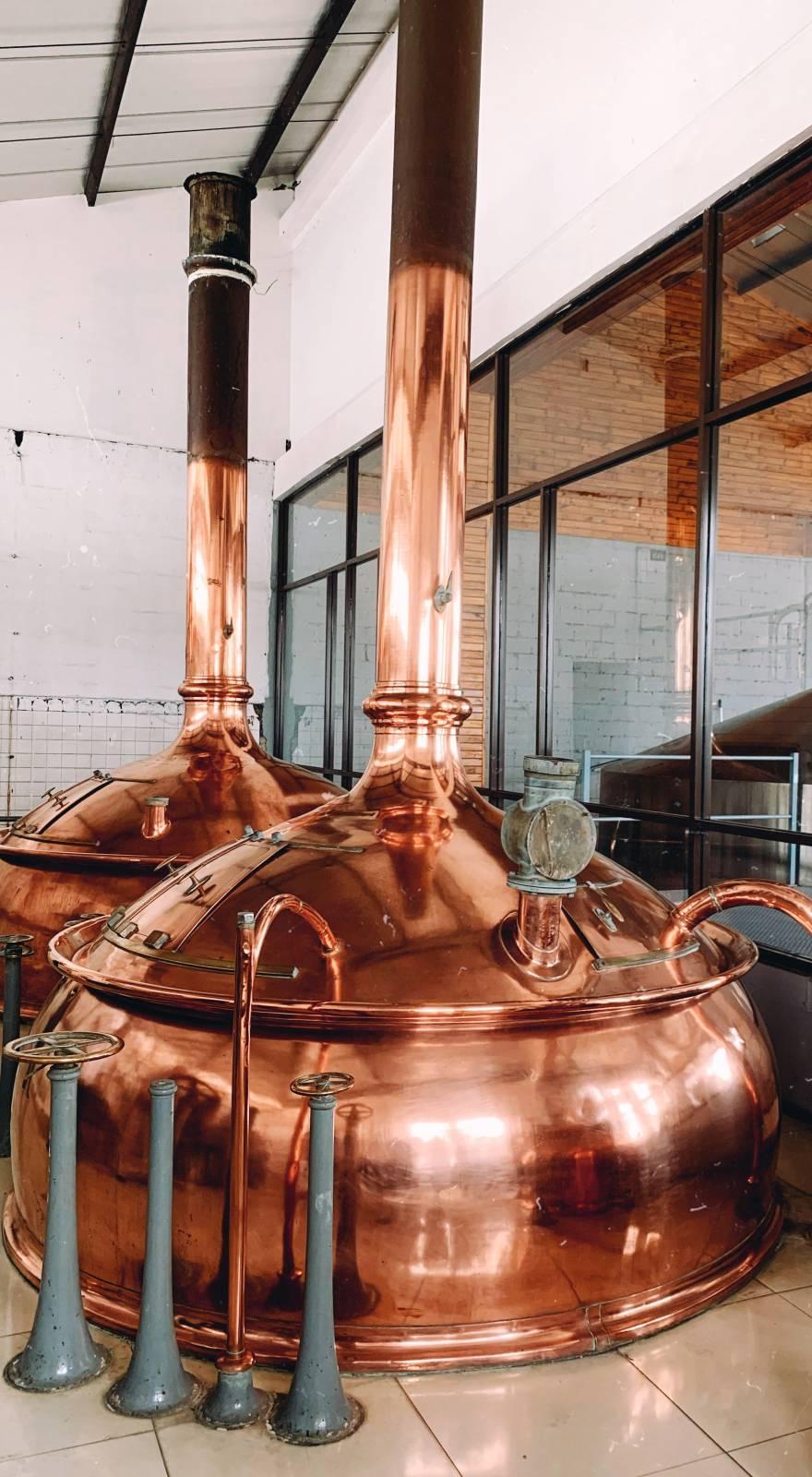Knowde Enhanced TDS
Identification & Functionality
- Chemical Family
- Chemical Name
- CAS No.
- 64-17-5
- EC No.
- 200-578-6
- Technologies
- Product Families
Features & Benefits
- Labeling Claims
- Product Highlights
The rapid depletion of petroleum-derived fuel resources and the adverse effects of the hazardous emission gasses that manifest themselves upon their exposure to human health has expedited the development of biofuel production technologies and increased their production capacities.
Due to the increasing use and consumption of natural resources and growing industrialization efforts worldwide, concepts such as clean, uncontaminated air, water and clean fuel have become predominantly significant elements of our everyday lives. Biofuels are the main sources of clean fuels. When the cost of the permanent and detrimental environmental effects engendered by the combustion of fossil fuels are considered, biofuels stand out as the most economical means of renewable energy sources.
Bioethanol is a colorless liquid wherein 35% of its chemical composition is made of oxygen. Bioethanol's octane number is 113 and freezing point is -114°C.
Bioethanol blends homogenously with fuels derived from petroleum. The 35% oxygen in its chemical composition effectively helps decrease the amount of hazardous gasses such as carbon monoxide (CO) and Nitrogen Oxide (NOX) formed as a result of the combustion taking place in the engines.
Bioethanol’s capabilities to decrease the emission of the aforementioned hazardous gasses have a major role especially in highly populated urban areas and metropolitan cities with heavy traffic.
Since bioethanol can quickly and completely dissolve in nature, it does not contaminate subterranean water sources.
Bioethanol can be directly blended with gasoline without the need for intermediary additives. Bioethanol increases combustion efficiency in motors due to the oxygen in its chemical composition. Engines fueled with bioethanol build up less heat and have excellent startup capabilities during winter frost.
Applications & Uses
- Markets
- Base Chemicals End Uses
- CO₂ and Dried Distiller’s Grain
The by-products of bioethanol production are dried distiller's grain and CO2.
Properties
- Physical Form
- Appearance
- Clear and Colorless
- Typical Properties
| Value | Units | Test Method / Conditions | |
| Copper Content | max. 0.1 | mg/kg | - |
| Electrical Conductivity | max. 2.5 | uS/cm | - |
| Ethanol+ Higher Saturated Alcohols Content | min. 98.7 | % | - |
| Higher Saturated(C3-C5) Mono-Alcohols Content | max. 2 | % | - |
| Inorganic Chloride Content | max. 1.5 | mg/kg | - |
| Involatile Material Content | max. 10 | mg/100ml | - |
| Methanol Content | max. 1 | % | - |
| Phosphorus Content | max. 0.15 | mg/l | - |
| Sulfate Content | max. 3 | mg/kg | - |
| Sulfur Content | max. 10 | mg/kg | - |
| Total Acidity (expressed as acetic acid) | max. 0007 | % | - |
| Water Content | max. 0.3 | % | - |
Storage & Handling
- Transportation
Bioethanol has affinity for water and as such direct contact should be avoided. Tarkim fleet of bioethanol tankers exclusively carry bioethanol and are ADR certified.

